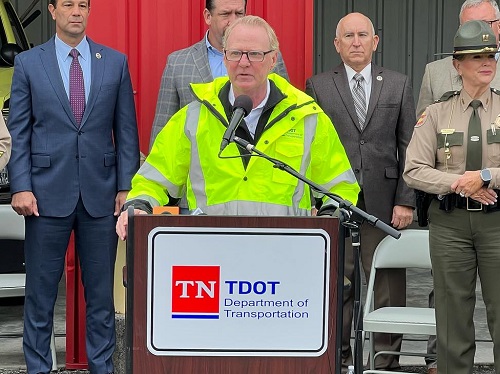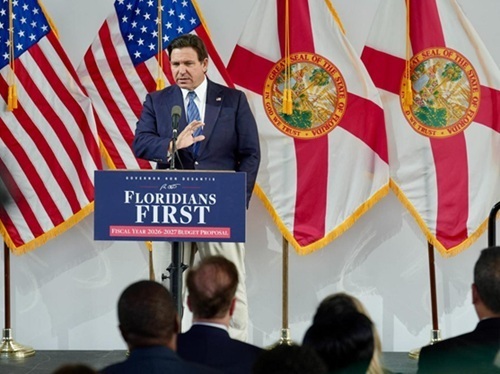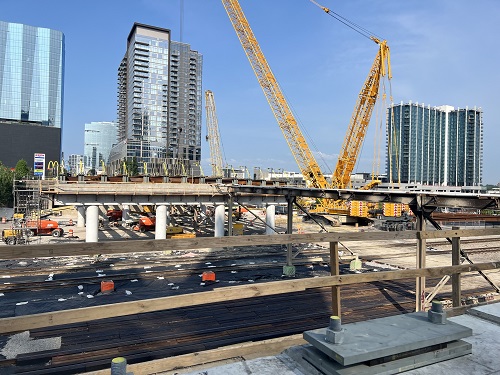The Tennessee Department of Transportation recently introduced its first-ever proposed 10-year “fiscally-constrained” infrastructure plan for the state.
[Above photo by Tennessee DOT]
The $15 billion decade-long plan includes both the roughly $1.2 billion annual cost of the Tennessee DOT’s work program plus the $3 billion State General Fund appropriation provided in the Transportation Modernization Act, which the General Assembly passed and Governor Bill Lee (R) signed earlier this year.
For the first time, the agency stressed it has identified the funding “necessary to complete all projects” in the plan, ensuring that “what gets started, gets finished.”

“This plan focuses efforts on what can be effectively delivered within available revenue, further opening the communication with local communities on what is feasible,” noted Tennessee DOT Commissioner and Deputy Governor Butch Eley in a statement. “We know the outstanding need for infrastructure projects across Tennessee is at least over $30 billion; however, this long-term plan is a solid step toward providing a safer and more reliable transportation network for generations to come.”
The Tennessee DOT noted that this 10-year plan is also supported by a new “data-driven prioritization process” that allows for a more objective review of infrastructure projects statewide; allowing the agency to reevaluate the plan every year to account for the “changing needs” of Tennessee’s “people, economy, and infrastructure.”
The agency noted that 55 percent of this new $15 billion plan is earmarked for construction projects reflected on the 10-year project plan list, with the remaining 45 percent budgeted for programs that Tennessee DOT allocates annually based on need – programs that include, but are not limited to, road resurfacing and bridge repair initiatives.
Tennessee DOT added that it plans to allocate an additional approximately $6 billion in state and federal funds over the next decade – nearly $600 million annually – in partnership with airports, transit agencies, counties, cities, and other entities to address multimodal access, mobility, and safety.
 States
States
NCDOT Staff Participate in ‘Explosive’ Technical Training
December 19, 2025 States
States

